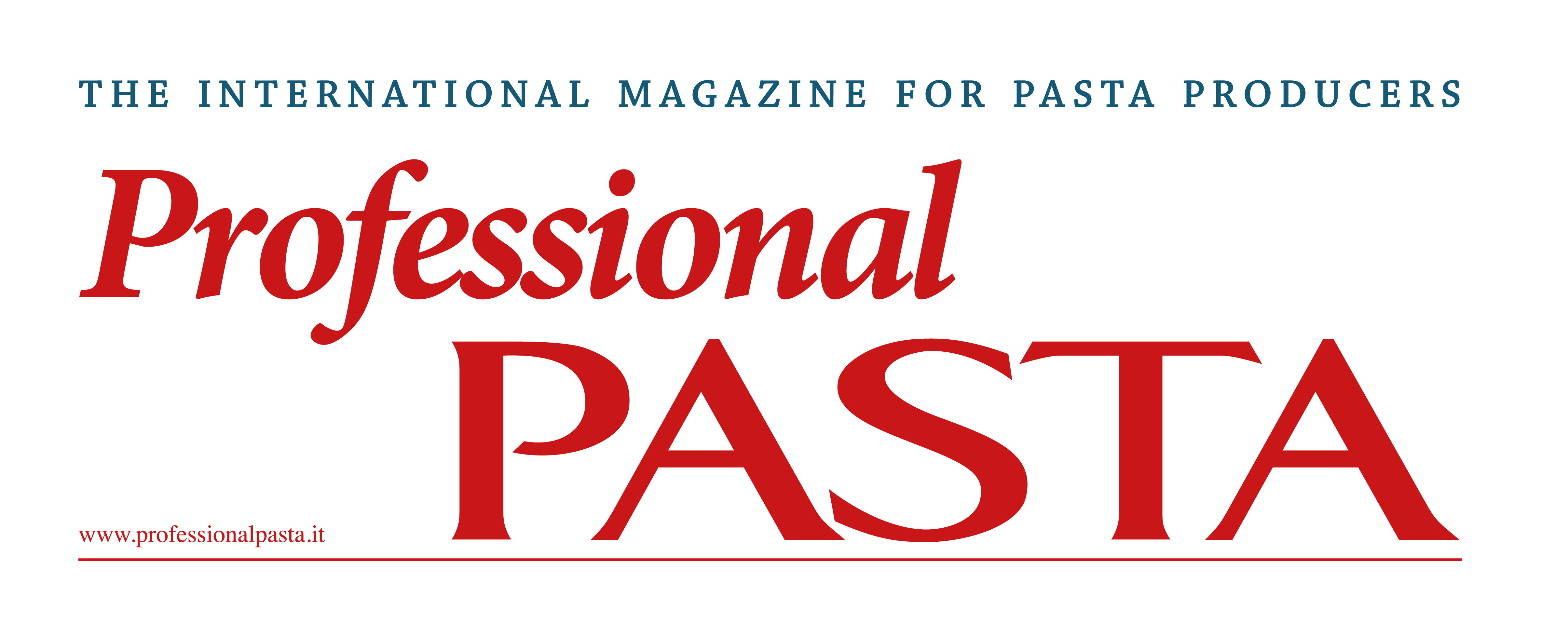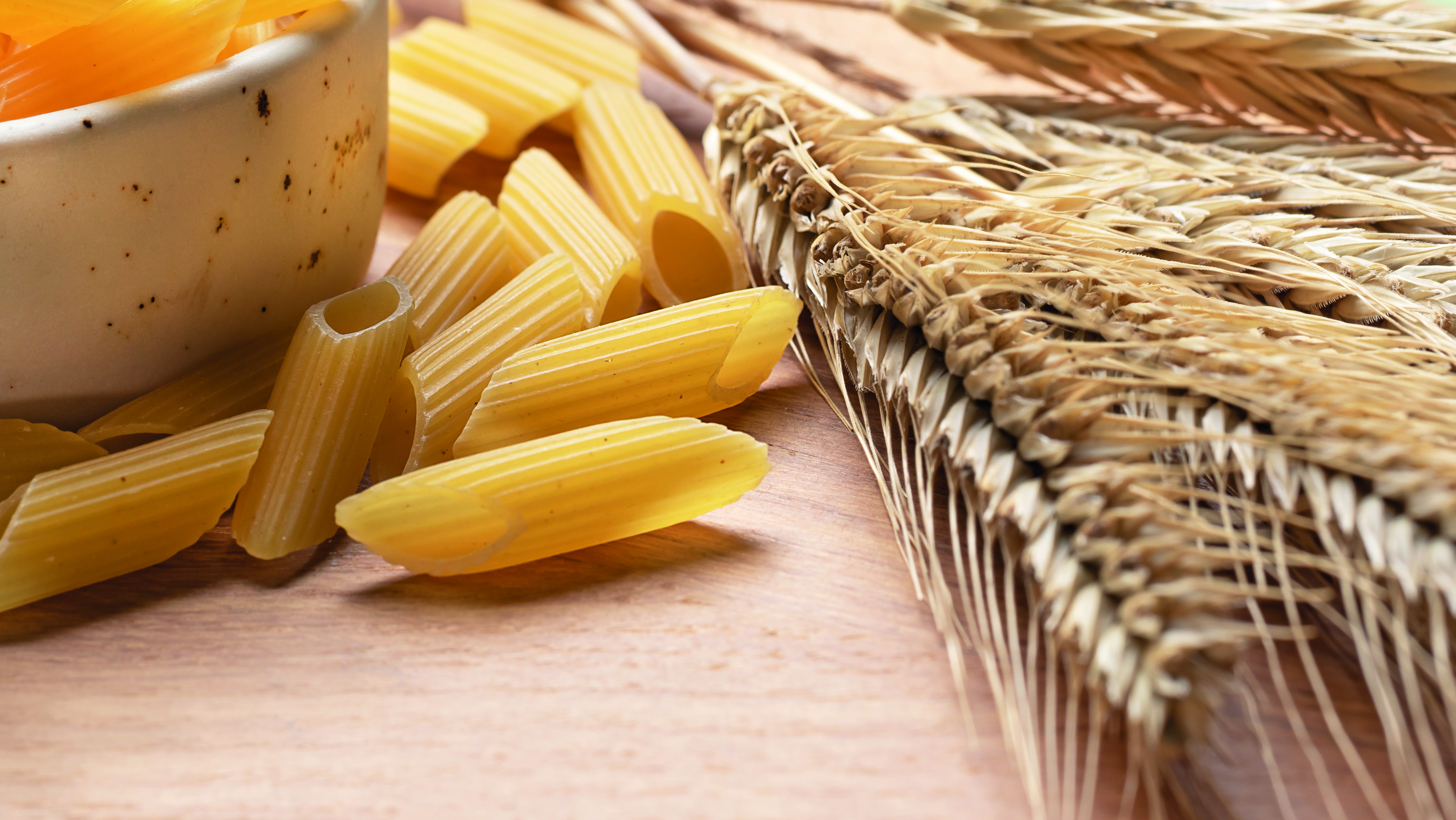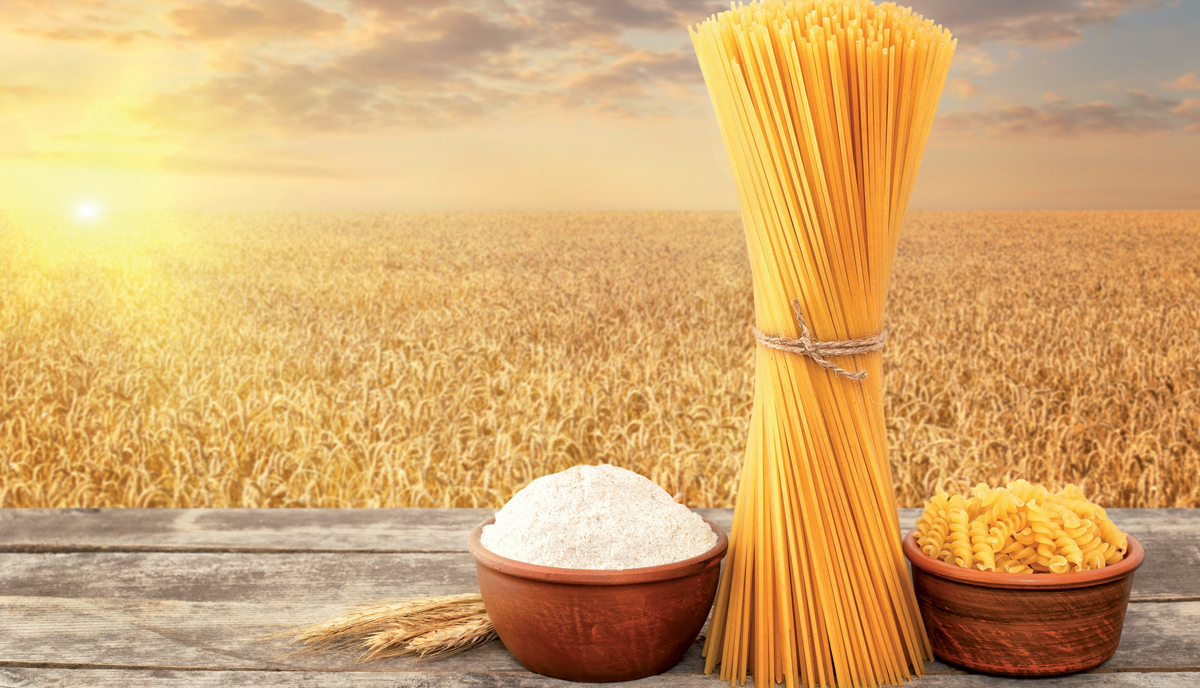Durum wheat consumpion trend
Data and contents reported in this article are updated to December 6, 2022
The past year has been particularly intense for agricultural markets, as adverse weather, an unstable geopolitical context, energy inflation and logistical bottlenecks have caused great waves of volatility on most agricultural commodities. As shown in the Figure below, durum wheat was no exception.
In summer 2021 a severe drought caused production in Canada to drop by 54% to the historically low level of 3.0 Mt, igniting an unprecedented price rally where quotations peaked at historic records. As Canada is the source for more than 50% of global imports, the sudden drop in production caused a supply shortage. Despite durum wheat being a commodity for which demand is quite inelastic, the market tried to adapt to the supply crunch. In Italy, in 2021, pasta consumption decreased by almost 7% compared to 2020 and by 3% compared to 2019. In May 2021, Turkey approved an amendment expanding the list of destination countries for pasta containing a percentage of soft wheat. In the USA, durum food usage decreased by 10% compared to the previous MY. However, despite these adjustments, the tight supply caused prices to soar (+82% between June and October 2021 on Bologna exchange) and ending stocks to shrink in importing countries (mainly Italy and North Africa) in order to meet demand.
Durum wheat prices in €/t

In June 2022 and throughout the summer prices finally started to decrease, as Canadian crop conditions improved and pushed production outlook above 6 Mt in August from the initial forecast around 5.5 Mt. Nonetheless, Italian prices were quite stiff in their downward trend: while Canadian prices dropped by 33% between June and September, Italian exchange decreased only by 13%. This rigidity was caused by two main factors:
- Production issues with most crops in Europe, as during the summer the continent was swept by the worst drought in 500 years and the hottest average temperatures ever recorded, two factors which took a heavy toll on crops. With specific regard to durum, according to the European Commission data, production has decreased by 7% in Italy (the EU’s main producer), by 16% in France and by 19% in Total EU production decreased by 11% year-on-year;
- the weakening of the euro, which caused the widening of price spread between export and import markets. North Africa as well was severely hit by drought during last summer, especially Morocco where production dropped by 67%, causing a 24% decrease in output in the area. As a whole, global production has recovered, but not as much as needed to restore an adequate level on the supply side of the balance sheet. On the one hand, the carryover from last marketing year was low, and on the other hand demand is expected to pick up, as importing countries have to meet the domestic consumption and to replenish their stocks. Therefore, the world stock-to-use ratio does not have much room to improve: it was beneath 20% in 2021/2022, 23% below the 5-years average, and it is expected to further decline in 2022/2023 according to the latest IGC data.The Mediterranean basin (Europe, North Africa and Turkey) has now approached the planting season, and the final acreage outcome will be the result of farmers’ ponderation of three main factors:
- Production cost, which have also soared during the past year. Energy inflation was at 35% in the Euro area in November, mainly driven by natural gas whose price on the Amsterdam benchmark (TTF) this November was still 45% above November This has caused a spillover in the fertilizers compartment, as many are derived from natural gas. Many factories had to shut down production as costs were just too high to be handled (according to fertilizers Europe, production capacity in August was curbed by 70%), and those who remained in business had to raise their products’ sale price.In fact, crops requiring less fertilization (such as soybeans) are more convenient than those with higher needs (such as corn). As for durum wheat, its fertilization requirements are above those of wheat or soybeans, but below corn;
- weather conditions in producing Recent rains in most of the EU eased planting preparations and improved soil conditions, which previously were severely stressed out. Nonetheless, water reservoirs remain at historically low levels, therefore spring precipitations will have to be optimal in order to foresee at least average yields;
- weighing production costs against the outlook for prices and their ratio with other For example, recent durum price downward trend might have given a disincentive to plant it, but at the same time the weakness has been higher in wheat major exchanges.
All the above mentioned variables will have to be closely monitored in order to have a better understanding of farmers’ planting choices, both now in the Mediterranean and in North America next spring, as they will be pivotal to determine the future price trends in the durum wheat market. In the meantime, the tight global balance sheet is still the main factor causing the market to be susceptible to external events as well, making it more prone to high volatility as a reaction to any type of endogenous or exogenous shock.
By Carlotta De Pasquale – Aretè srl
Subscribe to the magazine to read the full article








